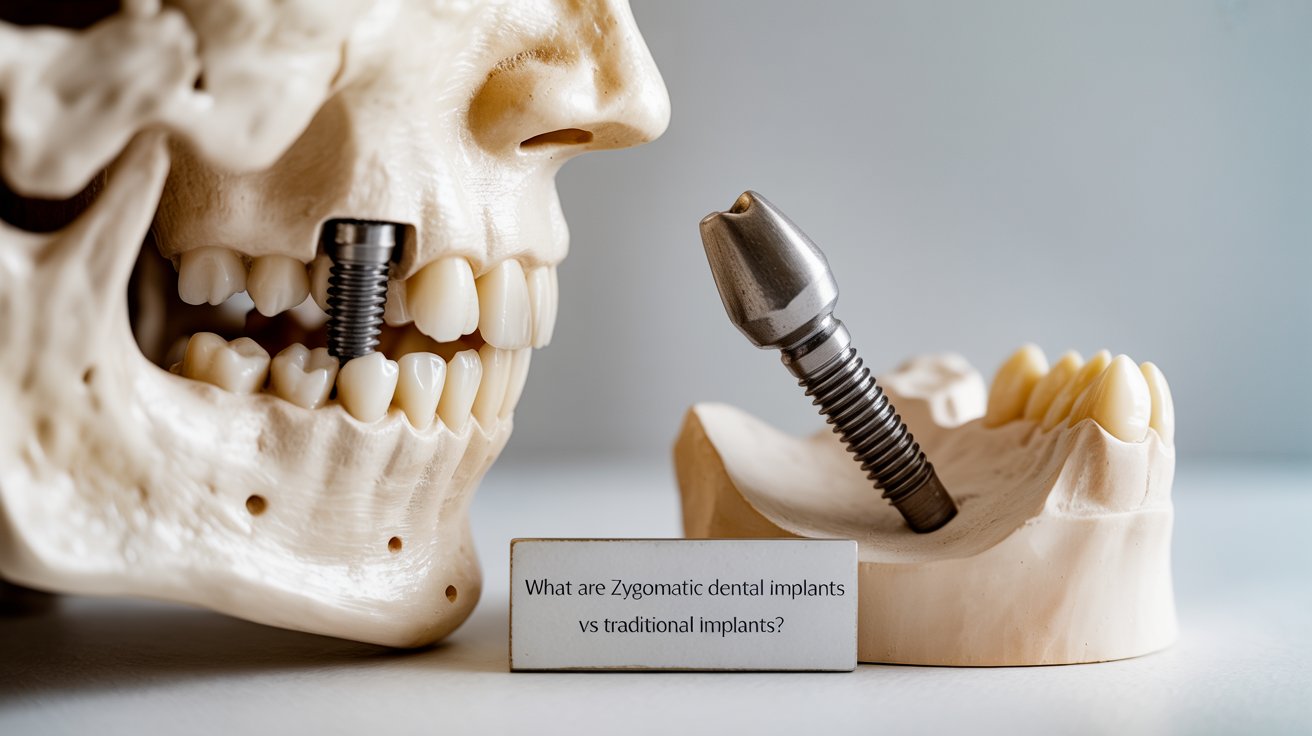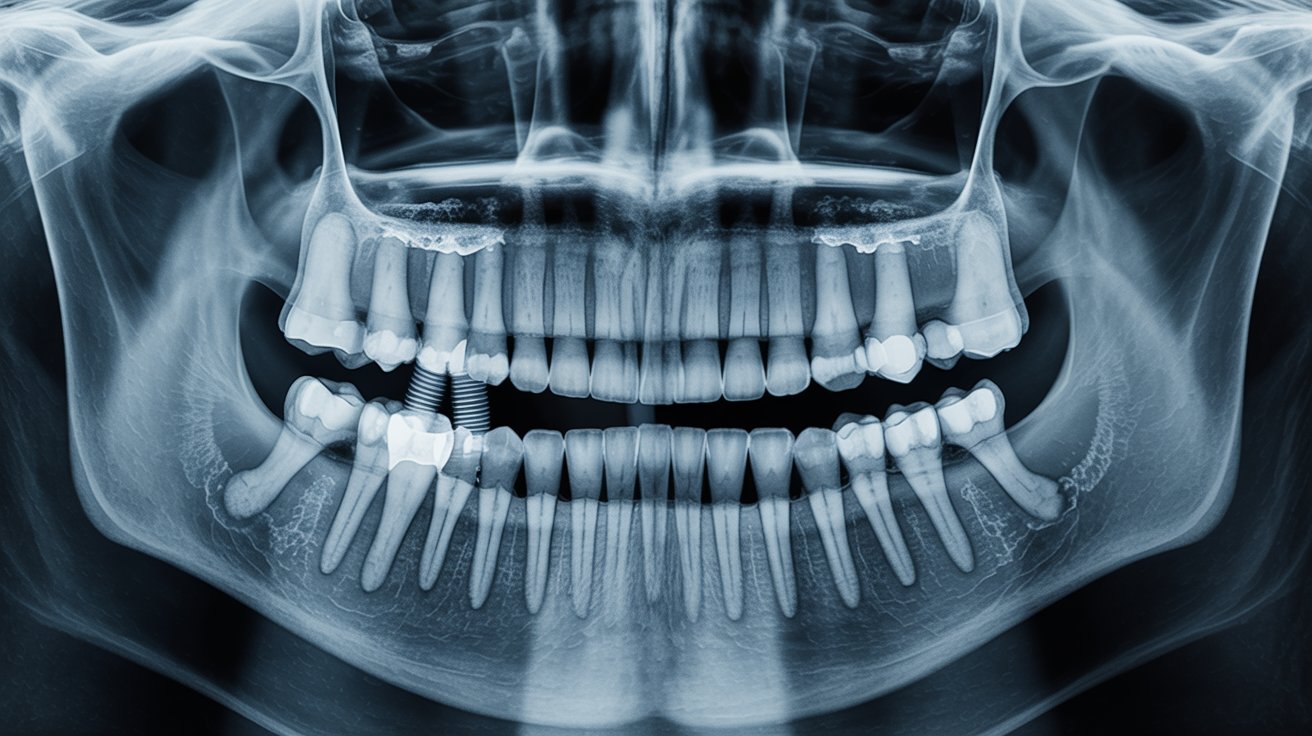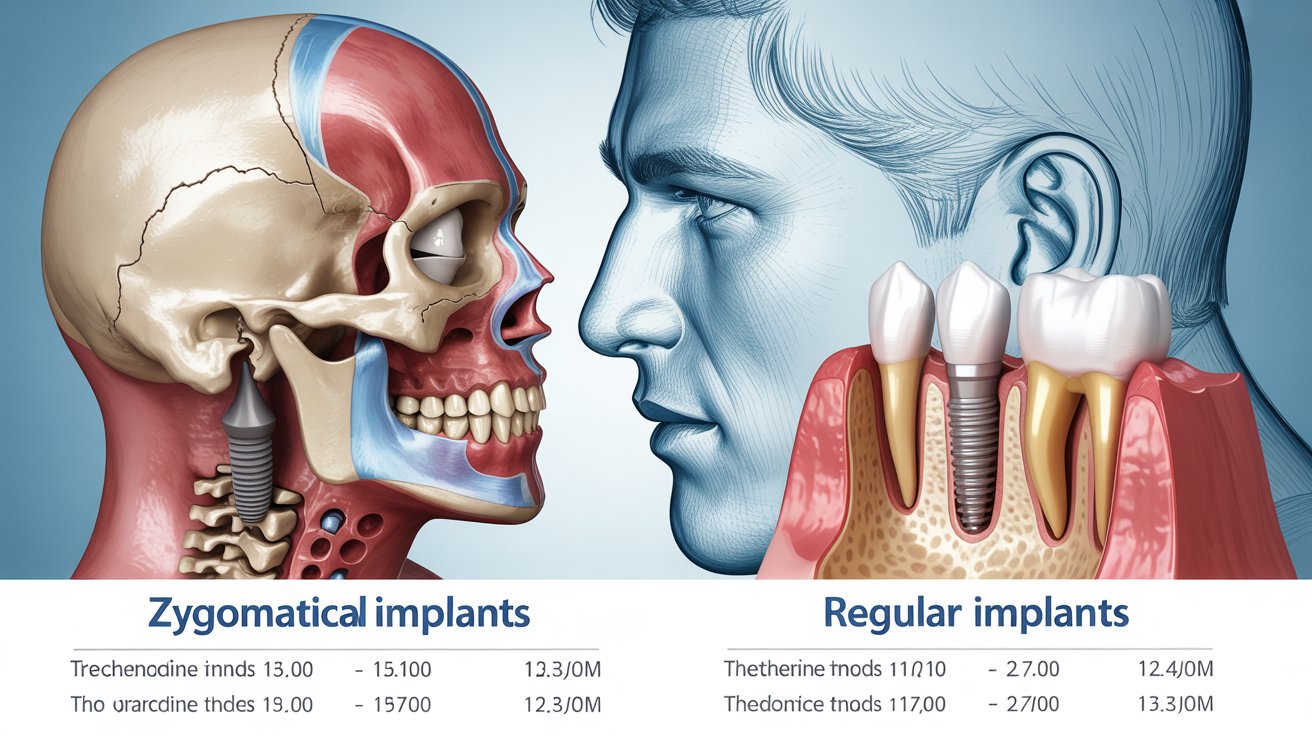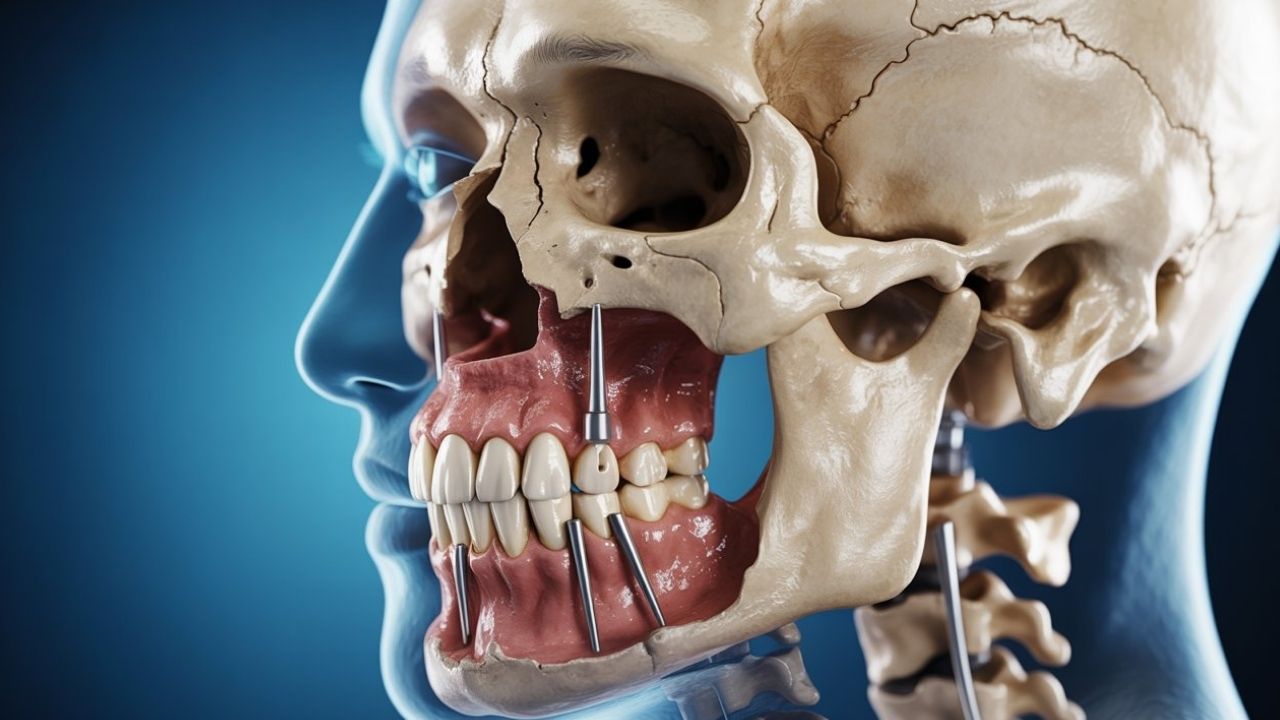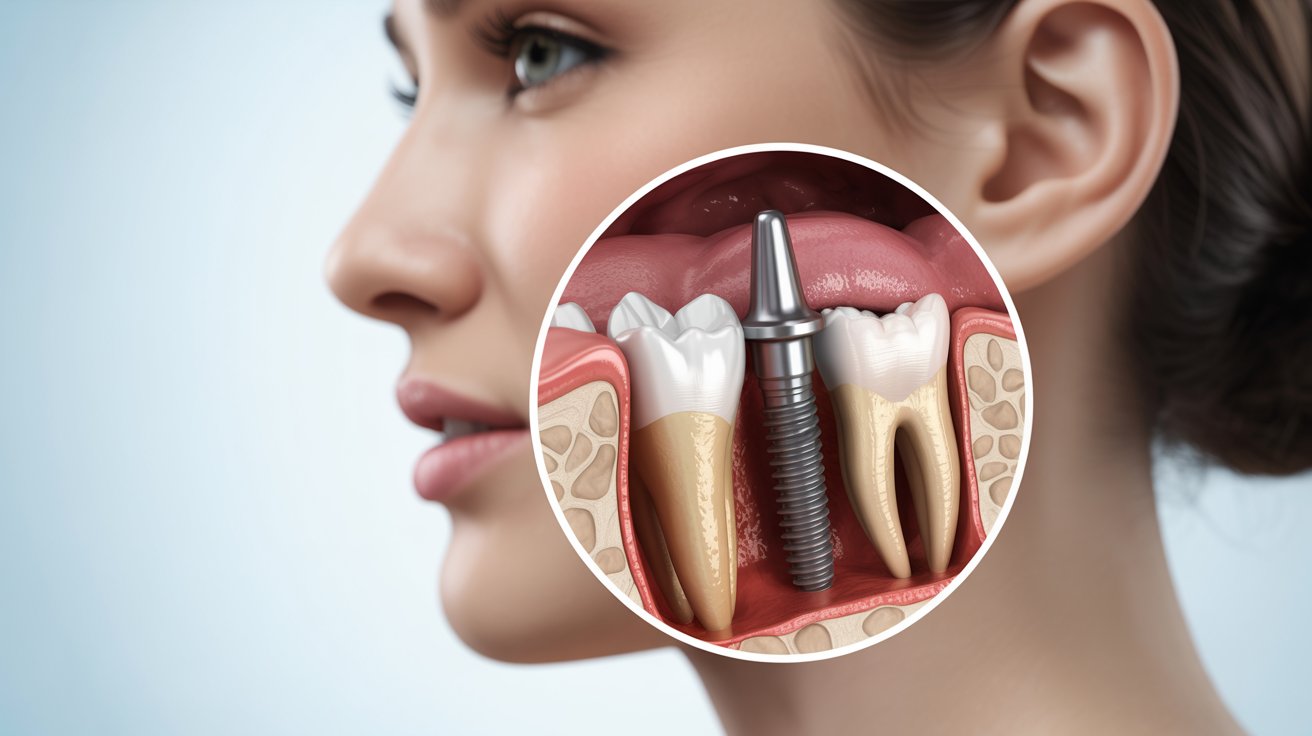When you lose teeth and bone volume in your upper jaw, the dream of a fixed smile can feel out of reach. That’s where the evolution of implant technology makes all the difference — Zygomatic Dental Implants vs Traditional Implants represents one of the most important advancements in modern dentistry. This in-depth guide explains how these two implant systems differ, who they are best for, and why thousands of patients with severe bone loss are turning to zygomatic solutions for life-changing results.
What Are Zygomatic Dental Implants vs Traditional Implants?
The debate around Zygomatic Dental Implants vs Traditional Implants centers on one key factor — bone availability. Traditional implants rely on sufficient jawbone to anchor properly, while zygomatic implants bypass bone loss entirely by anchoring directly into the cheekbone (zygoma). Understanding this distinction is essential for anyone exploring permanent tooth replacement options.
Traditional Dental Implants Explained
Traditional dental implants are small titanium posts inserted into the alveolar ridge — the bone that used to hold your natural teeth. They act as artificial roots and support crowns or bridges. While they offer excellent long-term success, they require a healthy amount of jawbone. When bone is missing, patients often need bone grafts or sinus lifts, which add cost, recovery time, and surgical stages.
Zygomatic Dental Implants Explained
Zygomatic Dental Implants were developed for patients with severe maxillary atrophy — when the upper jawbone becomes too thin to support conventional implants. Instead of depending on the maxilla, these extra-long implants are fixed into the zygomatic bone (cheekbone), which is denser and provides superior anchorage. This innovation eliminates the need for grafting and enables immediate function, meaning you can often receive your new fixed teeth within 24 hours of surgery.
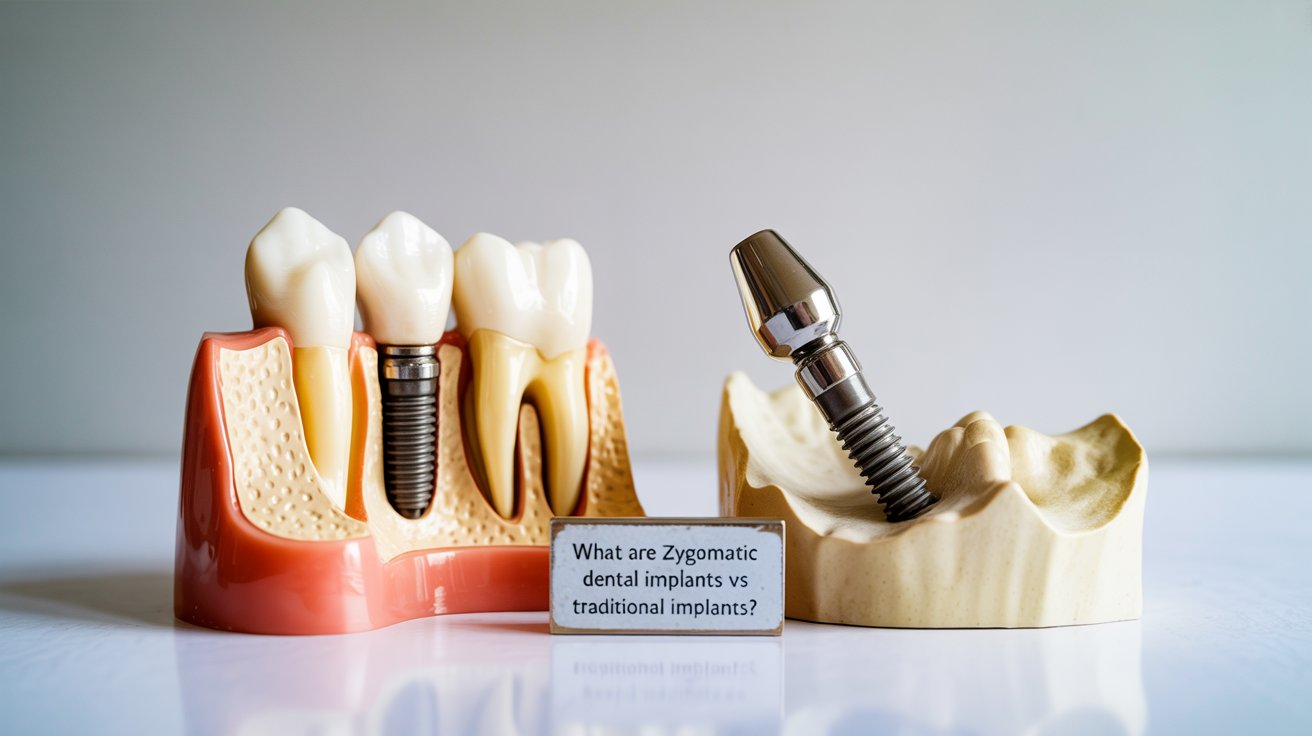
Key Differences Between Zygomatic and Traditional Implants
Let’s break down the comparison between Zygomatic Dental Implants vs Traditional Implants across the most critical aspects: anatomy, treatment time, cost, and results.
| Feature | Traditional Implants | Zygomatic Dental Implants |
|---|---|---|
| Bone Requirement | Needs sufficient jawbone height and density. | Anchored in the zygomatic bone — no bone grafting required. |
| Indications | Used for patients with mild or moderate bone loss. | Ideal for patients with severe bone resorption or failed grafts. |
| Surgical Complexity | Less complex; can be performed by general implantologists. | Advanced; performed by maxillofacial surgeons with CBCT-guided planning. |
| Treatment Timeline | 6–9 months (including healing and graft integration). | Immediate or early loading — new teeth in 24–48 hours. |
| Patient Recovery | Longer healing period due to bone grafting or multiple surgeries. | Faster recovery, minimal swelling, and reduced discomfort. |
| Cost | Lower initial cost but multiple stages may increase total expense. | Higher upfront cost but fewer procedures and shorter overall duration. |
| Success Rate | 92–96% over 10 years (depends on bone quality). | 94–98% over 10 years, especially in experienced surgical hands. |
| Aesthetic Results | Excellent in patients with sufficient bone support. | Restores facial volume and midface structure — superior aesthetics. |
Benefits of Choosing Zygomatic Implants
When evaluating Zygomatic Dental Implants vs Traditional Implants, the advantages of the zygomatic approach are especially evident for patients with significant bone loss. This innovative method allows fixed teeth without bone grafts, minimizes treatment time, and restores both function and facial harmony. By anchoring into the strong zygomatic bone, patients experience faster recovery, greater stability, and a more natural facial appearance after surgery.
| Benefit | Description |
|---|---|
| Graftless Procedure | Eliminates the need for bone grafting or sinus lift surgeries, reducing overall treatment stages and surgical trauma. |
| Immediate Function | Allows fixed prosthetic teeth to be placed within 24–48 hours after implant surgery, giving patients instant chewing and speaking ability. |
| Shorter Treatment Time | By avoiding graft healing periods, total rehabilitation time is dramatically reduced, often from months to just days. |
| Higher Stability | The dense cortical structure of the zygomatic bone ensures superior implant anchorage, even in cases of complete maxillary atrophy. |
| Restores Facial Balance | Reestablishes natural midface projection and lip support, improving both function and aesthetic harmony, particularly in resorbed upper jaws. |
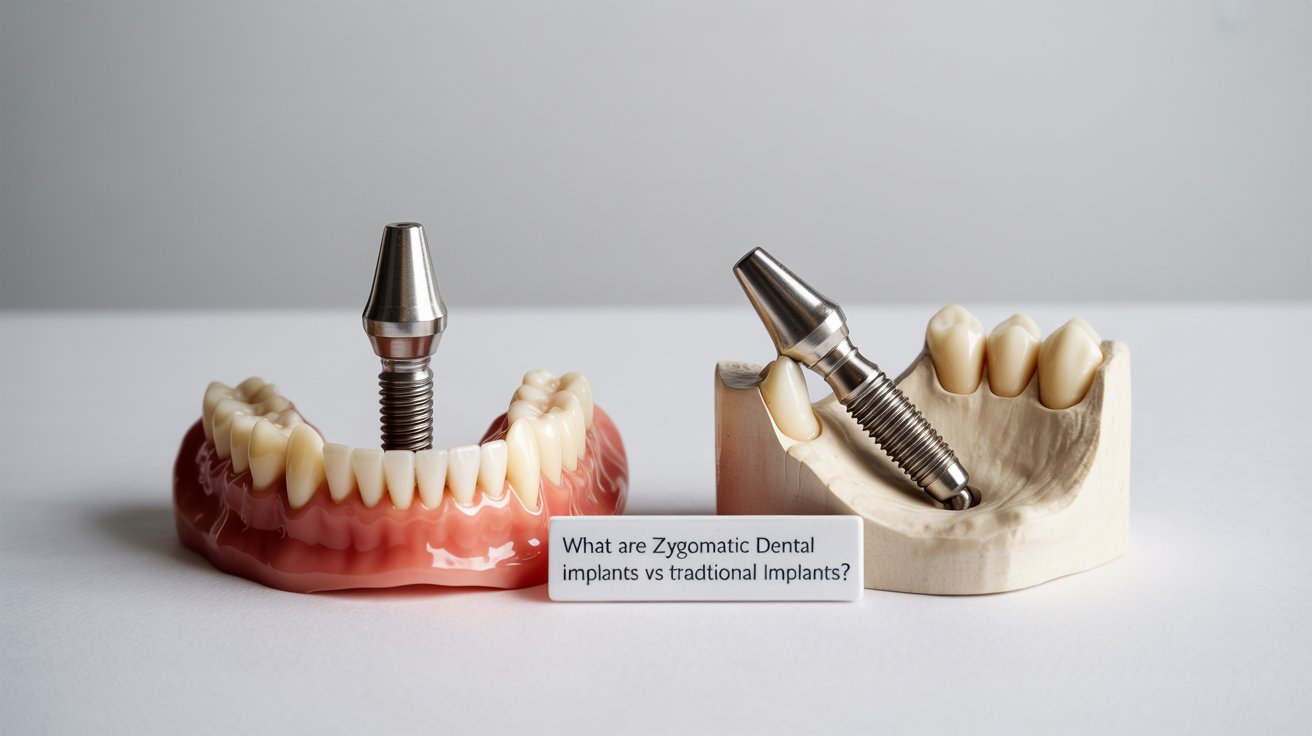
Potential Drawbacks and Limitations
Potential Drawbacks and Limitations
While the advantages of Zygomatic Dental Implants vs Traditional Implants are impressive, it’s equally important to understand their limitations. These implants demand advanced surgical skills, detailed anatomical knowledge, and precise digital planning. Although complications are rare when performed by an expert, factors such as cost, postoperative care, and sinus sensitivity should be carefully evaluated before treatment.
| Limitation | Description |
|---|---|
| Higher Initial Cost | The procedure involves specialized equipment, longer implants, and advanced imaging technology, making it more expensive than traditional dental implants. |
| Specialized Surgical Expertise | Requires a highly skilled oral and maxillofacial surgeon with experience in zygomatic anatomy and digital-guided implantology to ensure safety and accuracy. |
| Postoperative Sinus Care | Patients must follow sinus precautions, maintain hygiene, and attend regular follow-up appointments to prevent sinus-related complications. |
| Minor Complications | If oral hygiene is neglected, mild sinus irritation, soft tissue inflammation, or mucosal discomfort can occur. These are typically manageable with early intervention and professional care. |
How Are Patient Experiences?
Patients who undergo zygomatic implant rehabilitation often describe the experience as life-changing. Instead of months of waiting for bone grafts to heal, they regain function and confidence almost immediately. The ability to smile, chew, and speak naturally within days is one of the strongest motivators when choosing between Zygomatic Dental Implants vs Traditional Implants.
Long-Term Results
Scientific studies show that zygomatic implants have survival rates comparable — or even superior — to traditional implants. Their unique anchorage in dense bone minimizes micro-movement, promoting excellent osseointegration and long-lasting function. Many patients continue to enjoy stable, aesthetic results more than a decade after treatment.
When Traditional Implants Are Still the Better Choice?
Not every patient needs zygomatic implants. For individuals with moderate bone loss or localized defects, traditional implants remain an excellent solution. They are less invasive, widely available, and effective when the bone is healthy. In younger patients or those seeking single-tooth replacement, conventional implants often offer sufficient strength and aesthetics.

Why Prof. Dr. Celal Çandırlı?
The success of Zygomatic Dental Implants vs Traditional Implants depends heavily on surgical skill. Since zygomatic implant placement involves the sinus and cheekbone region, it should only be performed by an experienced oral and maxillofacial surgeon. At MaxFax Zygoma Center Istanbul, Prof. Dr. Celal Çandırlı combines decades of surgical expertise with advanced digital navigation systems to ensure precise, safe, and comfortable outcomes for every patient.
Cost and Value Comparison in Zygomatic Dental Implants vs Traditional Implants
While zygomatic implants may appear more expensive initially, the total treatment cost is often comparable or even lower in the long term. Traditional implants frequently require bone grafts, sinus lifts, and multiple surgeries — each adding to the final price and extending the overall timeline. In contrast, zygomatic implants offer a single-stage, graft-free solution that restores function faster and with fewer complications.
Why Zygomatic Implants Are Revolutionizing Modern Dentistry
In the comparison of Zygomatic Dental Implants vs Traditional Implants, zygomatic technology represents a turning point in implantology. It transforms “hopeless” maxillary cases into successful, stable rehabilitations. The approach blends surgical innovation, digital precision, and prosthetic excellence — giving patients with severe bone loss a renewed smile without the waiting, pain, or uncertainty of bone grafting.
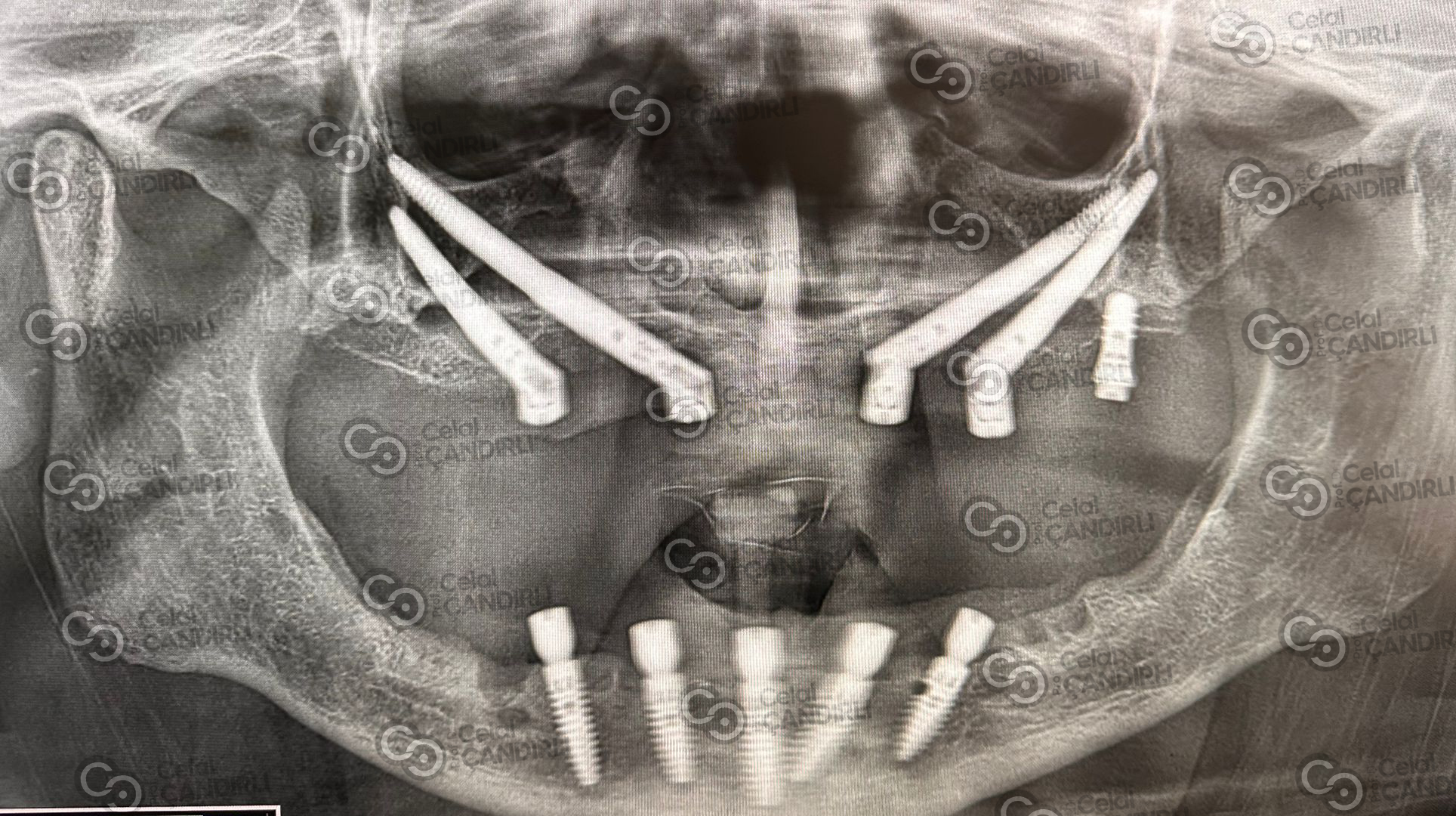
Frequently Asked Questions (Zygomatic Dental Implants vs Traditional Implants)
Zygomatic Dental Implants vs Traditional Implants is not a matter of which option is better overall, but which one is right for each patient. Traditional implants remain ideal for those with sufficient bone, while zygomatic implants offer a life-changing alternative for those once told they were not candidates for fixed teeth. Both share the same goal — to restore function, aesthetics, and confidence — but the pathway differs.
If you want to know which solution fits your anatomy and lifestyle, book a personalized 3D consultation at MaxFax Zygoma Center Istanbul. Discover whether a graftless zygomatic approach can help you smile, eat, and live with confidence again.
1. Who is the best candidate for Zygomatic Dental Implants vs Traditional Implants?
Patients with severe bone loss in the upper jaw who cannot receive regular implants are the best candidates for Zygomatic Dental Implants vs Traditional Implants. Those with moderate bone loss or healthy bone levels typically do well with conventional implants.
2. Are Zygomatic Dental Implants more painful than traditional implants?
No. With modern anesthesia and sedation, most patients report minimal discomfort. Recovery is often faster with zygomatic implants because no bone grafting or sinus lift is needed.
3. How long does the Zygomatic Dental Implants procedure take?
The entire surgical process usually takes between 1.5 to 3 hours depending on the case. Many patients receive immediate fixed teeth within 24 hours, which is much faster than traditional multi-stage treatments.
4. Are Zygomatic Dental Implants safe?
Yes — when performed by a qualified oral and maxillofacial surgeon. At MaxFax Zygoma Center Istanbul, Prof. Dr. Celal Çandırlı uses 3D digital navigation to ensure safety, accuracy, and long-term stability.
5. What is the average success rate of Zygomatic Dental Implants vs Traditional Implants?
Both systems show outstanding success. Traditional implants average a 92–96 % survival rate over 10 years, while Zygomatic Dental Implants reach 94–98 % when placed by experienced surgeons.
6. Can I eat normally after getting Zygomatic Dental Implants?
Yes, in most cases. Because of their immediate loading capability, patients can eat soft foods the same or next day, enjoying restored chewing function far sooner than with conventional implants.
7. Are Zygomatic Dental Implants more expensive than traditional ones?
Initially, yes — but since they avoid bone grafts, additional surgeries, and long healing times, overall costs often balance out. The single-stage approach saves both time and money in the long run.
8. What complications can occur with Zygomatic Dental Implants?
Minor issues such as sinus irritation or soft-tissue inflammation may appear if postoperative care is neglected. Regular follow-ups and good oral hygiene prevent nearly all complications.
9. How long do Zygomatic Dental Implants last?
With proper maintenance, Zygomatic Dental Implants can last several decades. Their anchorage in dense cheekbone offers exceptional durability compared to traditional implants placed in weaker maxillary bone.
10. Why should I choose Prof. Dr. Celal Çandırlı for my treatment?
Prof. Dr. Celal Çandırlı is a globally recognized expert in Zygomatic Dental Implants vs Traditional Implants with more than 10 years of surgical experience. His personalized digital approach, international patient care, and advanced technology ensure world-class results.
